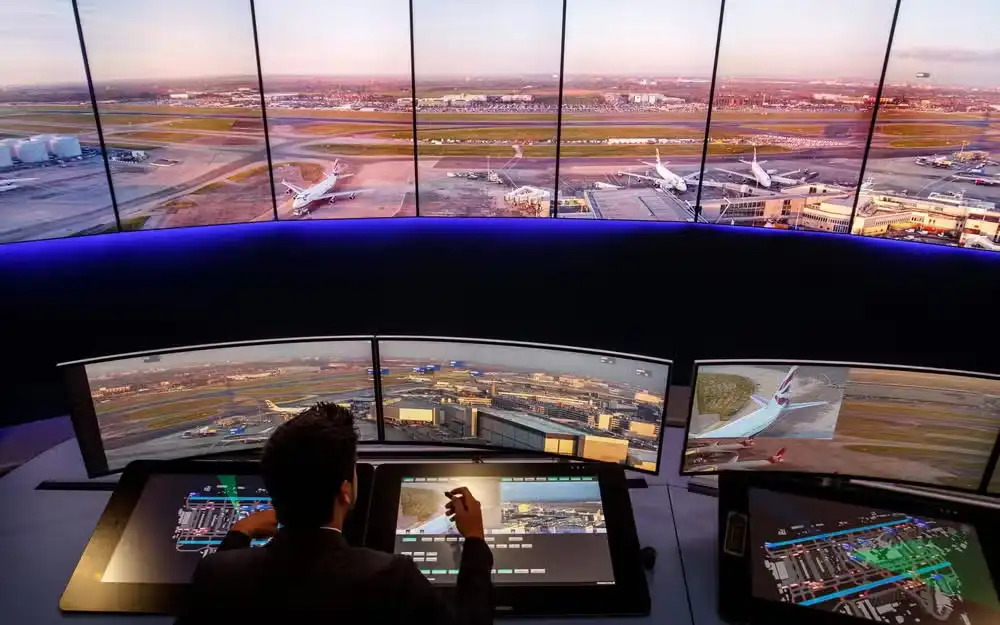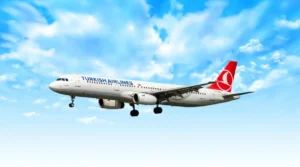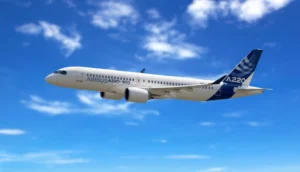AI Takes Flight at Heathrow: Revolutionizing Air Traffic Control
Heathrow Airport has begun piloting a cutting-edge AI engine, “Amy,” designed to assist air traffic controllers in managing one of the busiest airspaces in the world. By combining radar and video data, the AI provides real-time insights to ensure safer and more efficient flight operations.

Photo Source: www.standard.co.uk
Heathrow Airport, the fourth busiest airport in the world, is testing a new artificial intelligence (AI) system aimed at enhancing the efficiency of air traffic control. Known as Amy, the AI engine helps monitor aircraft across the airfield using radar and 4K video data, enabling controllers to track aircraft positions even when they are out of sight.
With nearly half a million flights annually, Heathrow’s air traffic control operations handle an average of 90 flights per hour during the day, making it essential to have precise and timely information for managing air traffic safely and minimizing delays. The introduction of Amy is a step towards achieving that goal, as the system creates a digital “control tower” to supplement traditional operations.
Amy’s advanced technology generates real-time visualizations of aircraft positions, providing essential details such as flight number, aircraft type, and flight direction. This information helps controllers make faster, more accurate decisions, particularly in situations where visibility is limited. The system has already been tested on over 40,000 flights and is expected to become fully operational as part of a “digital contingency tower” by 2027, providing a backup in case of emergencies or disruptions.
However, experts have raised concerns about the limitations of AI in air traffic control. While AI can process vast amounts of data quickly, it lacks the ability to exercise contextual judgment and may struggle with non-routine situations or emergencies. Despite these limitations, the technology is designed to work in tandem with human controllers, enhancing their capabilities without replacing them.
Other major airports, including those in Singapore, New York, and Hong Kong, are considering similar AI-driven solutions to improve air traffic management.






